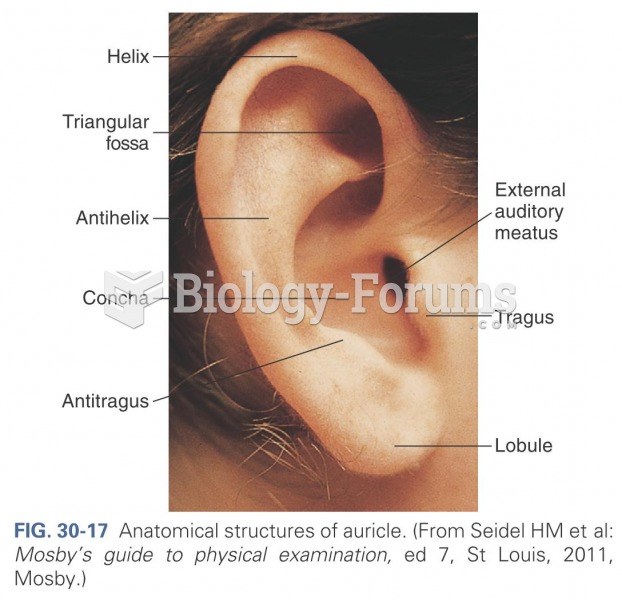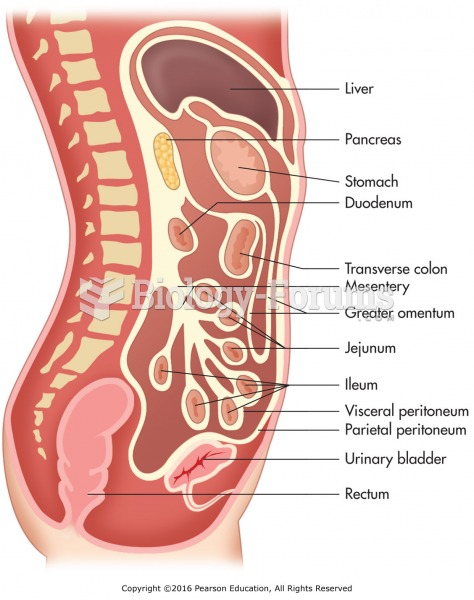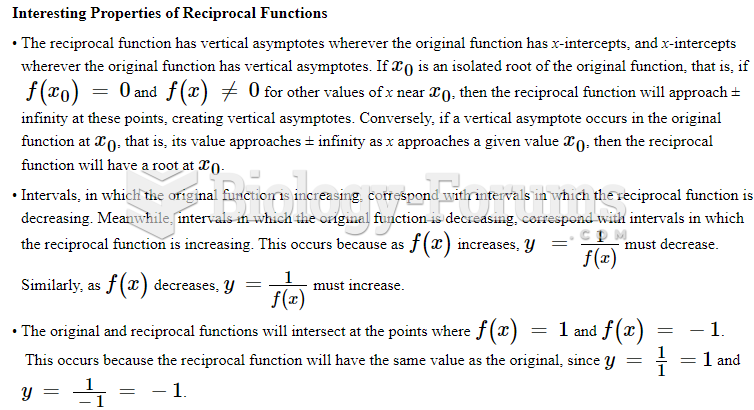Answer to Question 1
Answer: TRUE
Answer to Question 2
Answer: The three traditional organizational designs are: the simple structure, functional structure, and divisional structure. These structures tend to be more mechanistic in nature.
a. Simple structure displays low departmentalization, wide spans of control, authority centralized in a single person, and little formalization. These structures are fast, flexible, and inexpensive to maintain. However, these structures are not appropriate when the organization starts growing and the reliance on one person is risky.
As employees are added, the structure tends to become more specialized and formalized. Rules and regulations are introduced, work becomes specialized, departments are created, levels of management are added, and the organization becomes increasingly bureaucratic. At this point managers might choose a functional or divisional structure.
b. A functional structure groups similar or related occupational specialties together. This structure enjoys cost-saving advantages from specialization. However, the constant pursuit of functional goals can cause managers to lose sight of what is best for the overall organization. Moreover, the functional specialists become insulated and have little understanding of what other units are doing.
c. The divisional structure is made up of separate business units or divisions with limited autonomy, with a division manager who has authority over his or her unit and is responsible for performance. In divisional structures the parent corporation typically acts as an external overseer to coordinate and control the various divisions, and often provides support services such as financial and legal. The major strength of this structure is that it focuses on results by holding division managers responsible for what happens to their products and services. But the duplication of activities and resources encountered in such structures increases the cost and reduces the efficiency of the organization.







